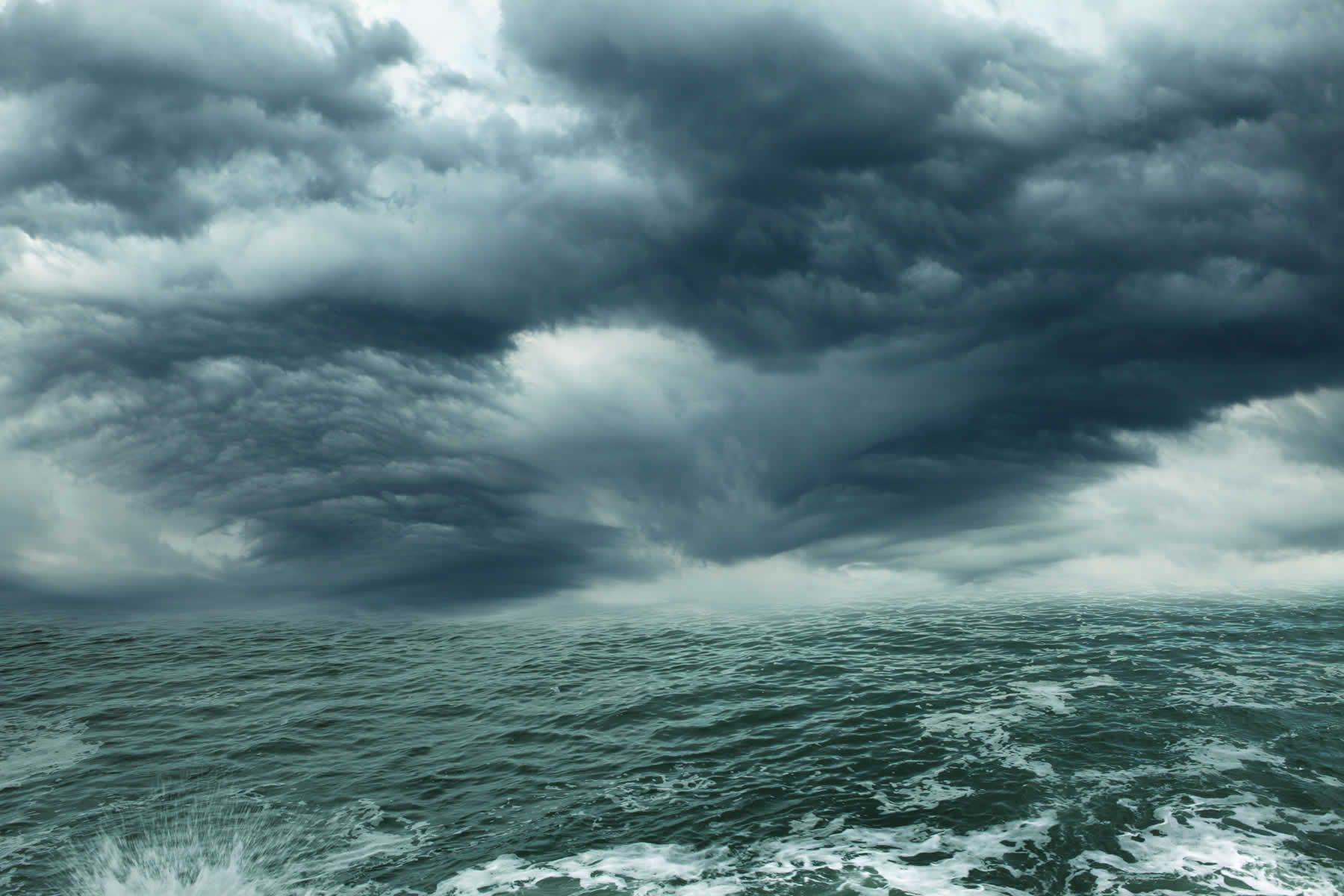Racing solo around the world takes a mindset, not dissimilar to organizations seeking huge productive levels in manufacturing. A sailor has to identify what resources will be needed, who will provide them, from where, and in what time frame. It starts with a vision and adopting the right attitude, then finding the right people to be on the team. I may race solo, but without that incredible team to help in the execution, no goal is ever brought to market.
Everyone works with finite budgets in order to reach the finished product. It is finding the most efficient way, sometimes with significant, out of the box innovation – i.e. after exhausting all efforts to come up with a solution to buy a vessel that would meet the required standards, I lengthened my 38 foot vessel just two additional feet — to meet the 40 foot minimum for the around the world race. The starting gun is always the deadline and there is a balance between raising capitol, deploying that capitol with all the demands from materials available, product engineering and human resources, to obtaining the sale and making the delivery. That is our starting gun, but it is the delivery of the finished product, that is the race to meet and exceed customer expectations and eliminate competition.
My entry in the race is not just about personal fulfillment, as the teams of engineers who create products well know, but the delivery of value and beating the competition to that finish line. It takes an attitude, adapting to the ever changing wind shifts from calms to storms, dealing with setbacks and recovering from them, while never losing sight of the finish line. Flawless planning and preparation is needed in any productive enterprise, but it will never be just plain sailing, and those who execute in the most efficient manner, in spite of what they encounter along the way, will win. This is how I took a home built vessel; the smallest in the race, least funded, 27,000 miles racing around the world, and beat my competition.






